In a pinch I bought a $3 "phone recharger" from the bin shown below, but now I am too scared to connect it directly to my phone, which costs orders of magnitude more. While a poor design could present undesirable qualities to the 5V power output, I have no idea if there's something inside connected to the data lines - part of the 21st century USB angst that has many people saying "not in my USB port you don't". See this security SE answer for some background on USB angst.
I'll check my "cable museum" drawer for a power-only USB link to connect it to my phone's power without connecting to the data lines. If I can't find one I am planning to just carefully cut into a USB cable and sever the two data lines which I am assuming will be a twisted pair, leaving the black and red power lines, and do whatever seems to be necessary to temporarily repair the mechanical and shielding integrity.
Am I missing something important here, or should this be as simple as I think?
above: From here.
above: From a USB 2.0 specification (update) at USB.org.
above: Image borrowed from this question.




